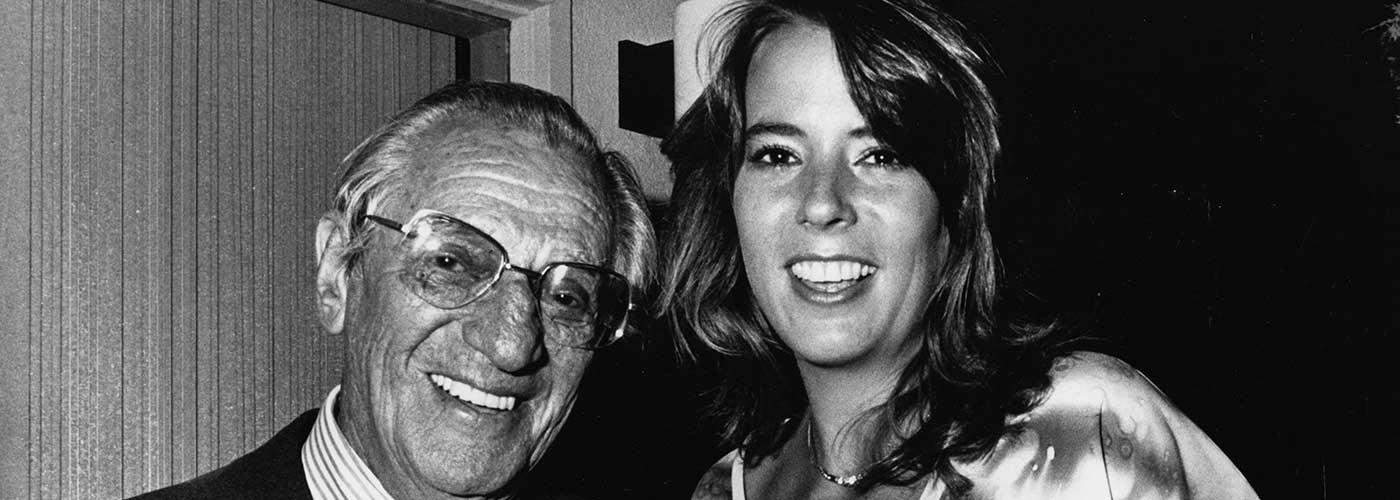
Morris Barney Dalitz: (December 25, 1899 – August 31, 1989)
In the glittering saga of Las Vegas, Morris Barney Dalitz, fondly known as Mo Dalitz, emerges as a central figure who left an indelible mark on the city. Las Vegas, once famed for showgirls, gambling halls, and speakeasy saloons, bore witness to an era teeming with fame, fortune, mystery, and the shadow of organized crime. As the neon lights of the iconic Strip beckoned, it became a realm where both the destitute sought wealth and the affluent risked impoverishment.
In the early 20th century, Las Vegas, or Sin City as it would later be known, witnessed the rise of Mo Dalitz, a figure instrumental in shaping its destiny. Organized crime cast a long shadow over the city’s early years, reaching its zenith before gradually being expelled in the late 1970s. By the 1990s, Las Vegas had transformed into a premier American family resort city, shedding its darker associations.
The origins of this bustling metropolis, with a population initially just over 43,000, can be traced back to the aftermath of the Great Depression in 1931. The legalization of gambling in Las Vegas during this period allowed the city to emerge from the shadows, as it became a tax-collecting haven for a pastime that had thrived illicitly. The announcement of the construction of the Hoover Dam further fueled the city’s growth, drawing in hordes of construction workers seeking respite under the vibrant lights of Las Vegas on weekends.
Enter the 1940s, a pivotal era marked by the arrival of iconic figures Meyer Lansky and Benjamin “Bugsy” Siegel. Lansky envisioned grand gambling palaces, fine dining, and round-the-clock entertainment. The Flamingo Hotel, a testament to their vision, rose to prominence, paving the way for other illustrious establishments like The Desert Inn, The Sands, The Thunderbird, and The Riviera.
In the annals of Las Vegas history, Morris Barney Dalitz earned the moniker “Mr. Las Vegas.” A visionary alongside his partners, Dalitz played a pivotal role in shaping the city’s landscape. The Las Vegas Country Club, the Stardust Hotel atop the Strip, the city hospital, and other landmarks bear the imprint of his influence. Joan Rivers, at the Riviera, bestowed upon him the title of “Mr. Las Vegas,” capturing the essence of his transformative contributions.
While Dalitz has often been associated with organized crime, the truth paints a different picture. Throughout his life, he grappled with the complexities of a man striving to lead an upright existence while being plagued by mafia extortion. In the late ’70s, amidst the emergence of MGM and Caesars Palace on the Strip, Dalitz continued to defy categorization, leaving an enduring legacy on the ever-evolving canvas of Las Vegas.
The city commissioners of Las Vegas honored him with an award, a testament to his profound impact. The image of the magnificent Las Vegas Strip, anchored by the Stardust Hotel and the Desert Inn, adorns the accolade. In the night sky, a luminous neon sign declares, “Starring Morris Barney Dalitz” — a fitting tribute to the man forever etched in the narrative of “Mr. Las Vegas.”
Vegas Casino History:
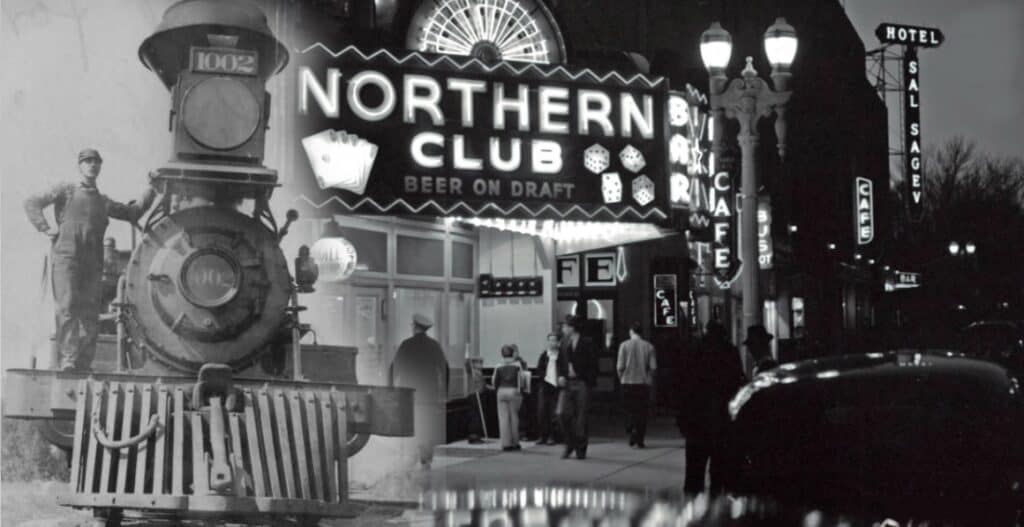
Las Vegas History: Railroad Development Paved the Way for Las Vegas to Become the Gambling Capital of the World
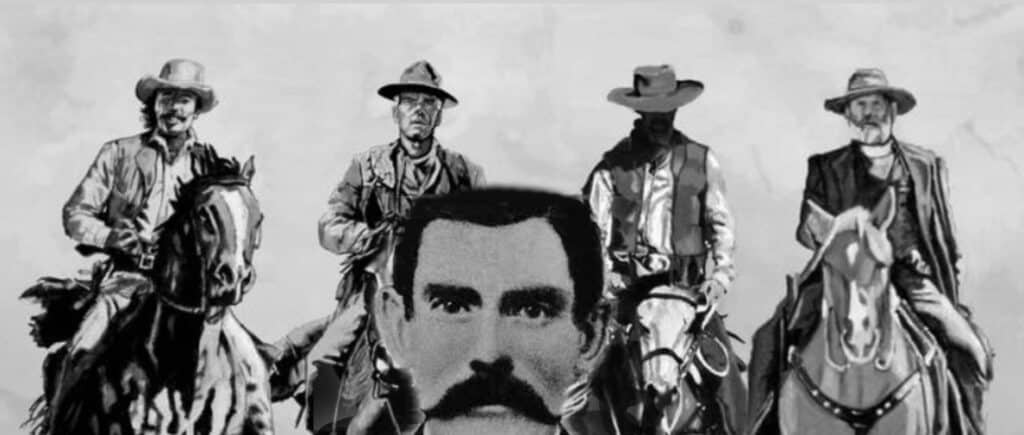
Las Vegas History: Doc Holliday Famous Gambler Gunslinger and Resident of Las Vegas
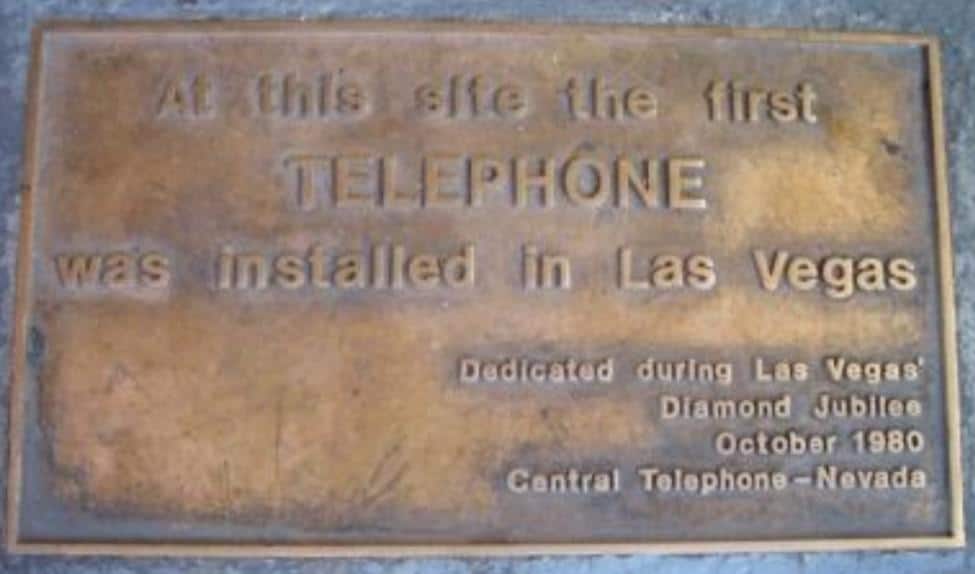
Las Vegas History: How Las Vegas’ First Telephone Exchange Made Bugsy Siegel’s Race Wire Possible

Las Vegas History: The Official Naming of Las Vegas 1905
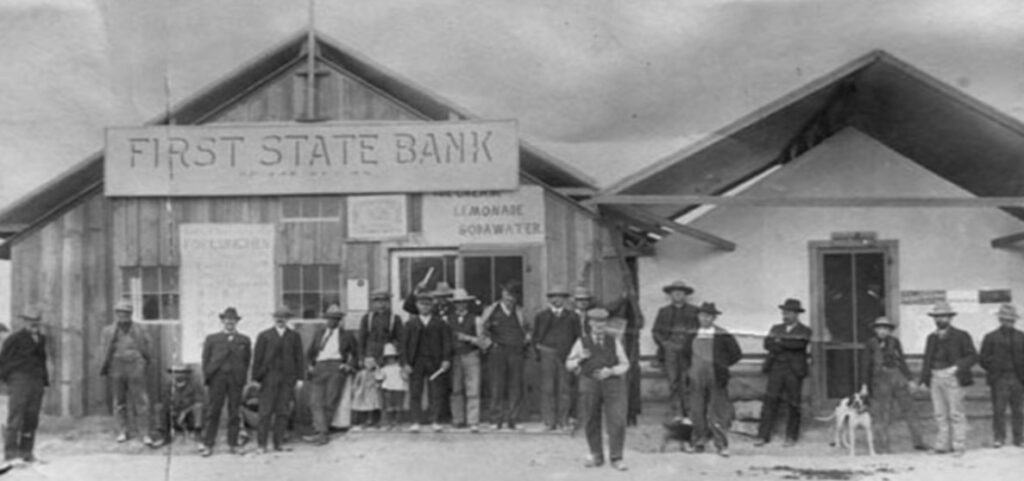
Las Vegas History: 1864 Las Vegas The Impact of Nevada Statehood
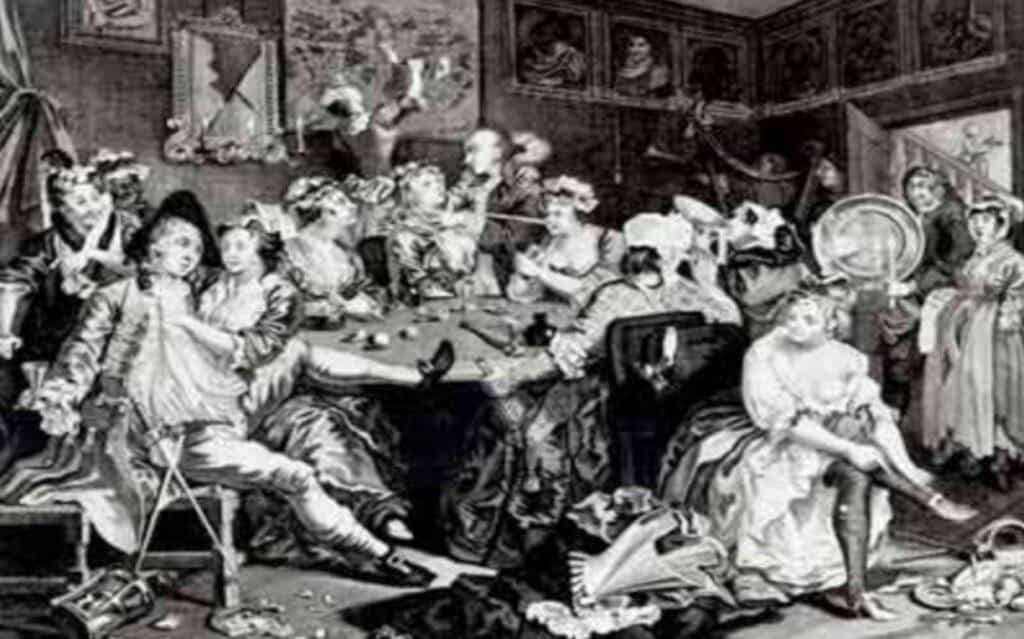
Las Vegas History: Las Vegas and It’s Vices in the 1850s
Frequently Asked Questions (FAQs):
1. Who was Morris Barney Dalitz?
Morris Barney Dalitz, affectionately known as Mo Dalitz, was a key figure in shaping the trajectory of Las Vegas in the 20th century, earning him the title “Mr. Las Vegas.”
2. What role did Dalitz play in Las Vegas’s development?
Dalitz, along with his partners, played a pivotal role in creating significant landmarks in Las Vegas, including the Las Vegas Country Club, the Stardust Hotel, and the city hospital.
3. Why is Las Vegas often associated with organized crime in its early years?
In its early years, Las Vegas became a hotspot for organized crime due to the allure of gambling and entertainment. Figures like Meyer Lansky and Bugsy Siegel played prominent roles during this era.
4. How did the legalization of gambling impact Las Vegas’s growth during the Great Depression?
The legalization of gambling in 1931 during the Great Depression provided an economic boost to Las Vegas, drawing in visitors and construction workers, especially with the announcement of the Hoover Dam’s construction.
5. What was the significance of the Flamingo Hotel in Las Vegas’s history?
The Flamingo Hotel, conceptualized by Lansky and Siegel, symbolized the grand vision for Las Vegas, introducing elements of luxury, fine dining, and continuous entertainment.
6. What were Dalitz’s contributions to Las Vegas beyond the realm of entertainment?
Dalitz’s influence extended beyond entertainment, contributing to the city’s infrastructure with projects like the Las Vegas Country Club and the city hospital.
7. How did Las Vegas evolve from a hub of organized crime to a family-friendly resort city?
By the late 1970s, efforts were made to cleanse Las Vegas of organized crime influences, transforming it into a family-friendly resort city by the 1990s.
8. What iconic establishments followed the success of the Flamingo Hotel in Las Vegas?
Following the success of the Flamingo, other prestigious establishments like The Desert Inn, The Sands, The Thunderbird, and The Riviera emerged, solidifying Las Vegas’s status as an entertainment hub.
9. How did Dalitz deal with the challenges posed by organized crime in his life?
Dalitz faced challenges associated with organized crime but consistently endeavored to lead an upright life, grappling with extortion attempts while making lasting contributions to Las Vegas.
10. Why was Dalitz honored with the title “Mr. Las Vegas,” and what does it signify?
Dalitz received the title “Mr. Las Vegas” from city commissioners, symbolizing his enduring impact on the city’s landscape. The accolade features an image of the iconic Las Vegas Strip, starring Morris Barney Dalitz, immortalizing his legacy.





